The spellbinding sites of Italy will continue to lure you back to Europe and the Renaissance gardens that fill the boot are some of the most important design styles in the history of landscape architecture. There was a shift that occurred from using green spaces for practical cultivation to enjoying them as a place for pleasure and leisure. Add immense wealth and ingenious landscape designers, the public can enjoy the estates and gardens beloved by a country renowned for its appreciation of timeless design.
Villa d’Este
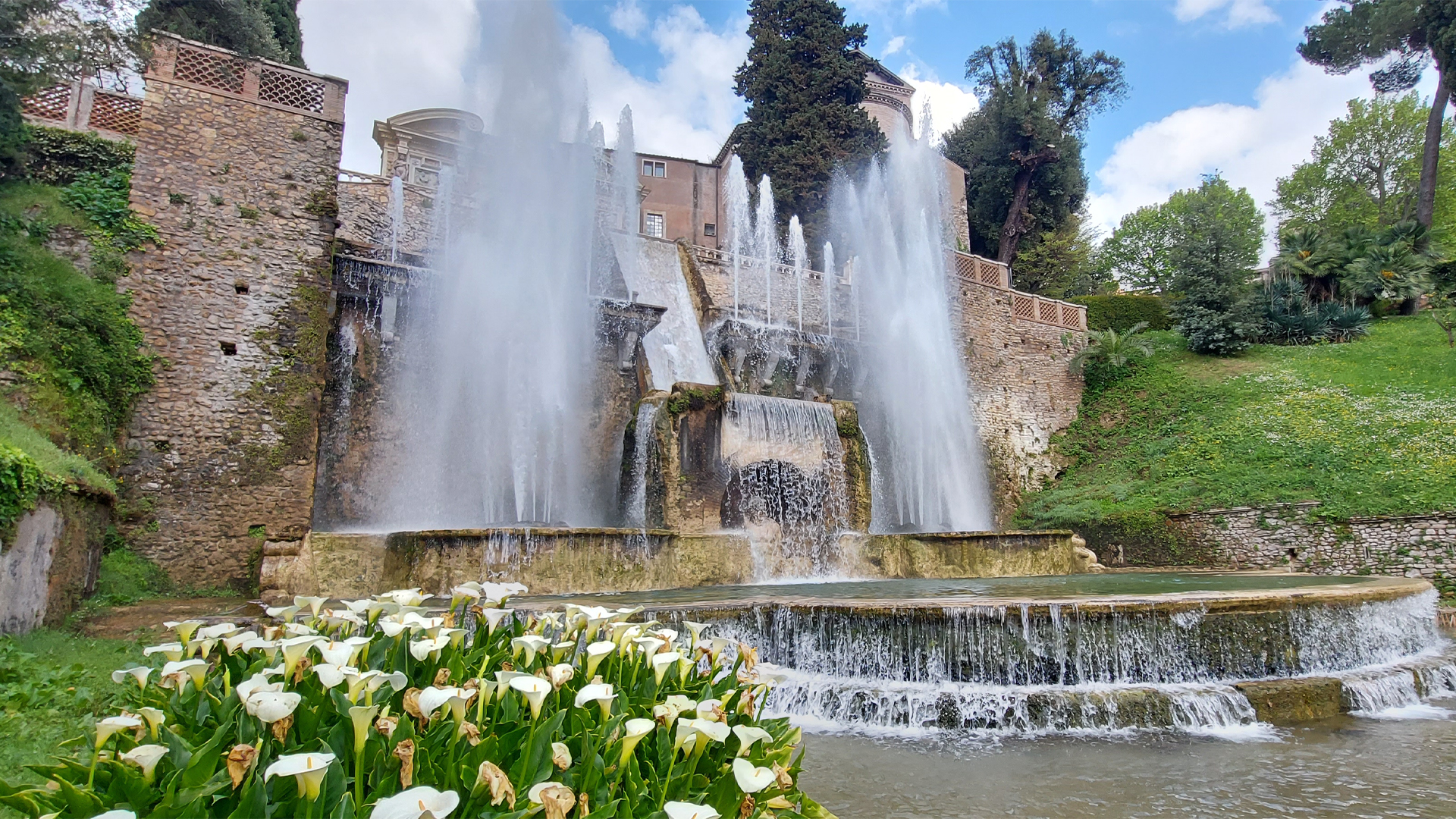
Villa d’Este located in Tivoli, outside of Rome, is the vast series of gardens created by Renaissance Cardinal Ippolito d'Este known to be the ultimate design for Italian gardens and the model for formal gardens around the world. This garden embodies the soul of the Italian Renaissance. The revolutionary layout was created to highlight many different fountains that almost felt like separate rooms from each other, set against a backdrop of the surrounding Campagna hills. Cardinal Ippolito arranged these along a central alley with intersecting walkways leading to the major fountains. It is easy to spend an entire day and meander through the grounds to see the many pools, fountains, cascades, and whimsical water features, as well as the pavilions, statuary, grottos, and panoramic views from several terraces.
Boboli Gardens
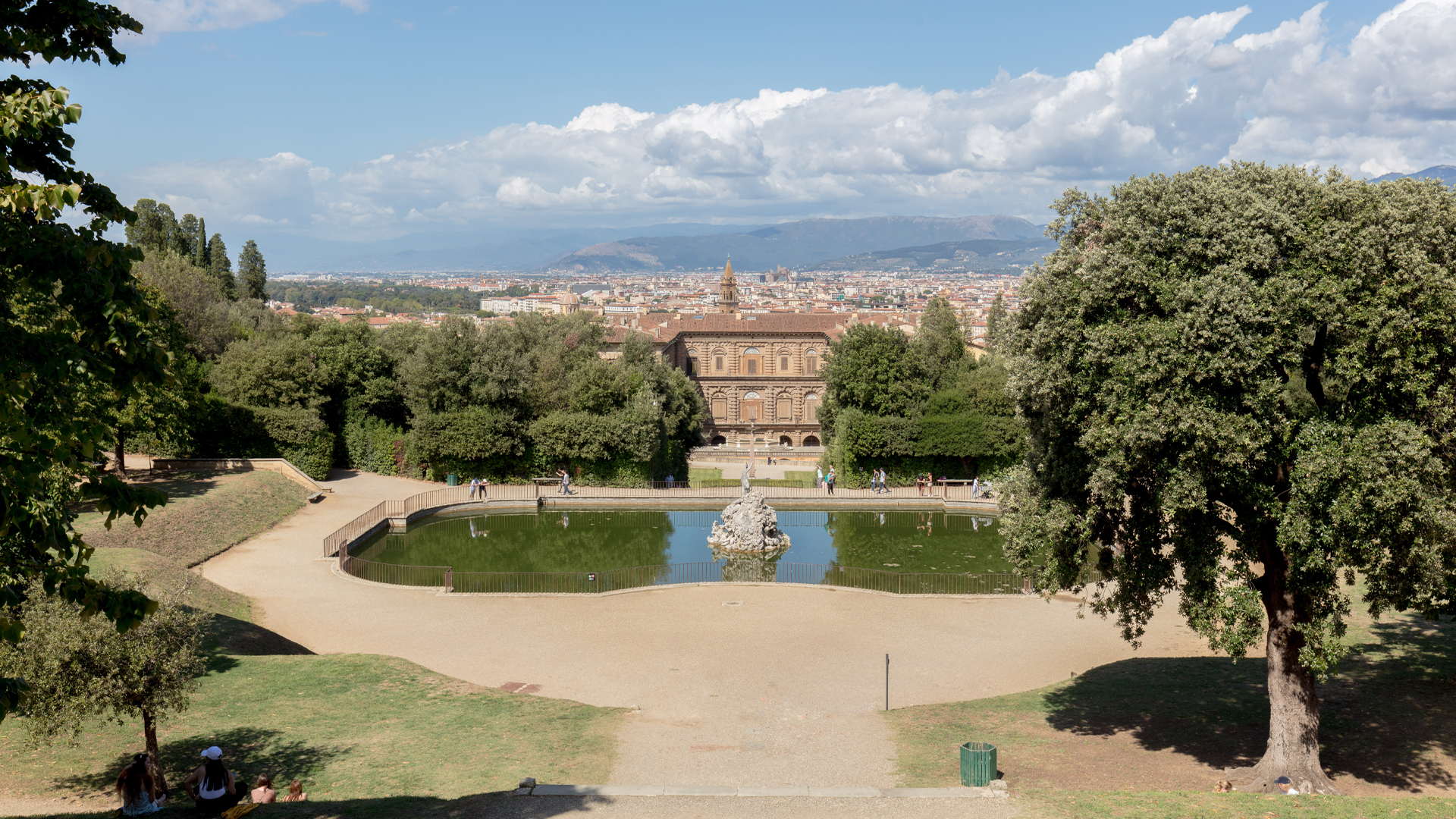
Behind Palazzo Pitti in Florence, you’ll discover 111 acres of terraced gardens that took a century to complete. Boboli Gardens expertly combines landscape gardens and thoughtfully manicured nature with a formal garden made up of parterre, enclosed beds, with box hedging surrounding colorful flower beds. You will find architectural follies, and water features common to Renaissance gardens. The landscape is complete with promenades and intimate paths that make this piece of Florence a true oasis.
Royal Palace of Caserta
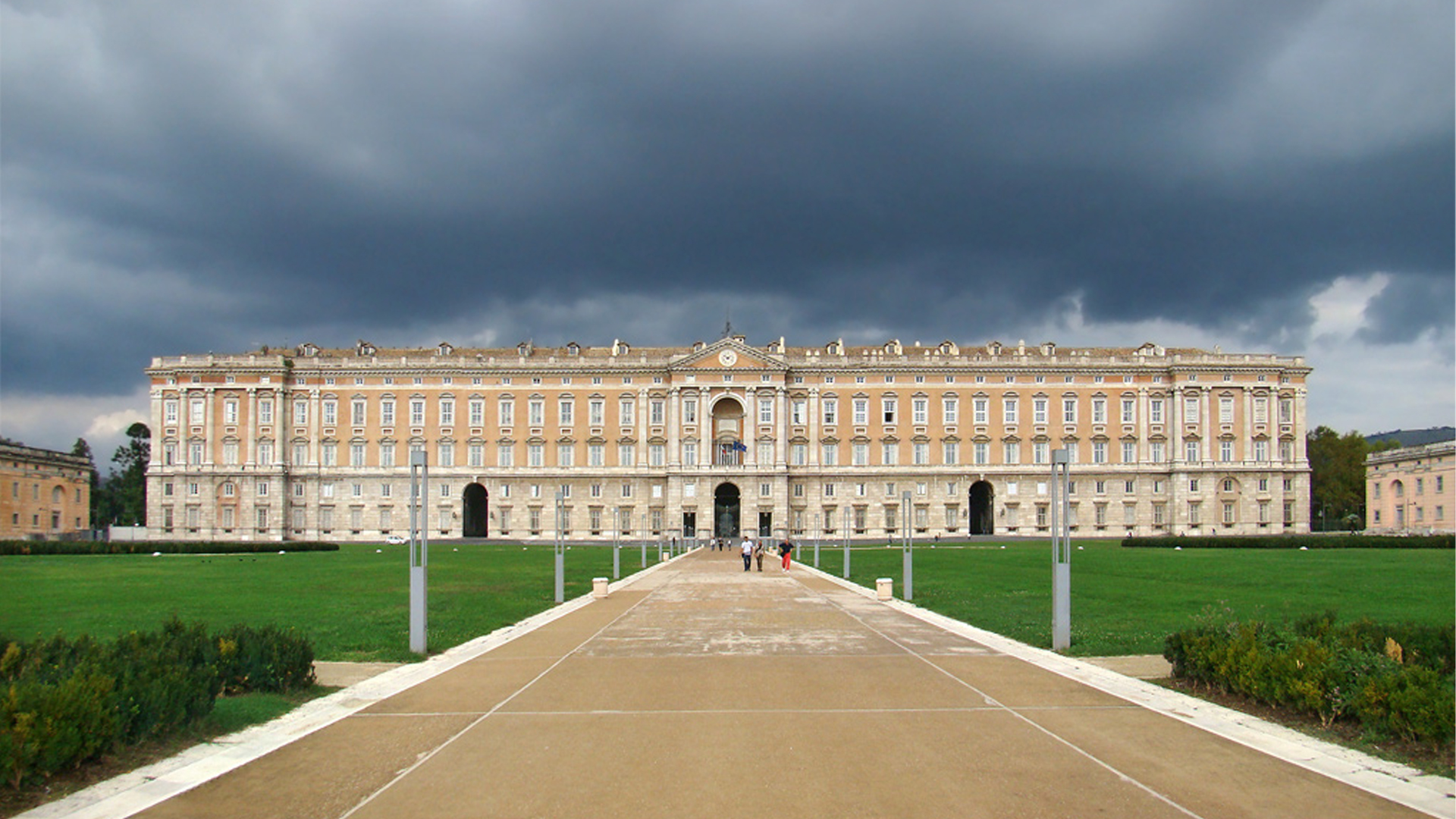
Caserta Royal Palace and Park are known as one of the last great European gardens, inspired by Versailles and 16th-century villas of Rome and Tuscany. However, this particular Italian masterpiece combined polished gardens and natural woodland, with hunting lodges and a silk factory. The influence of the Royal Palace of Caserta and its gardens is undeniable as it was the first Italian landscaped garden. The grounds drew from the trends spreading across Europe - to provide leisure to royals and accommodating botanical landscapes.
Giardino Giusti
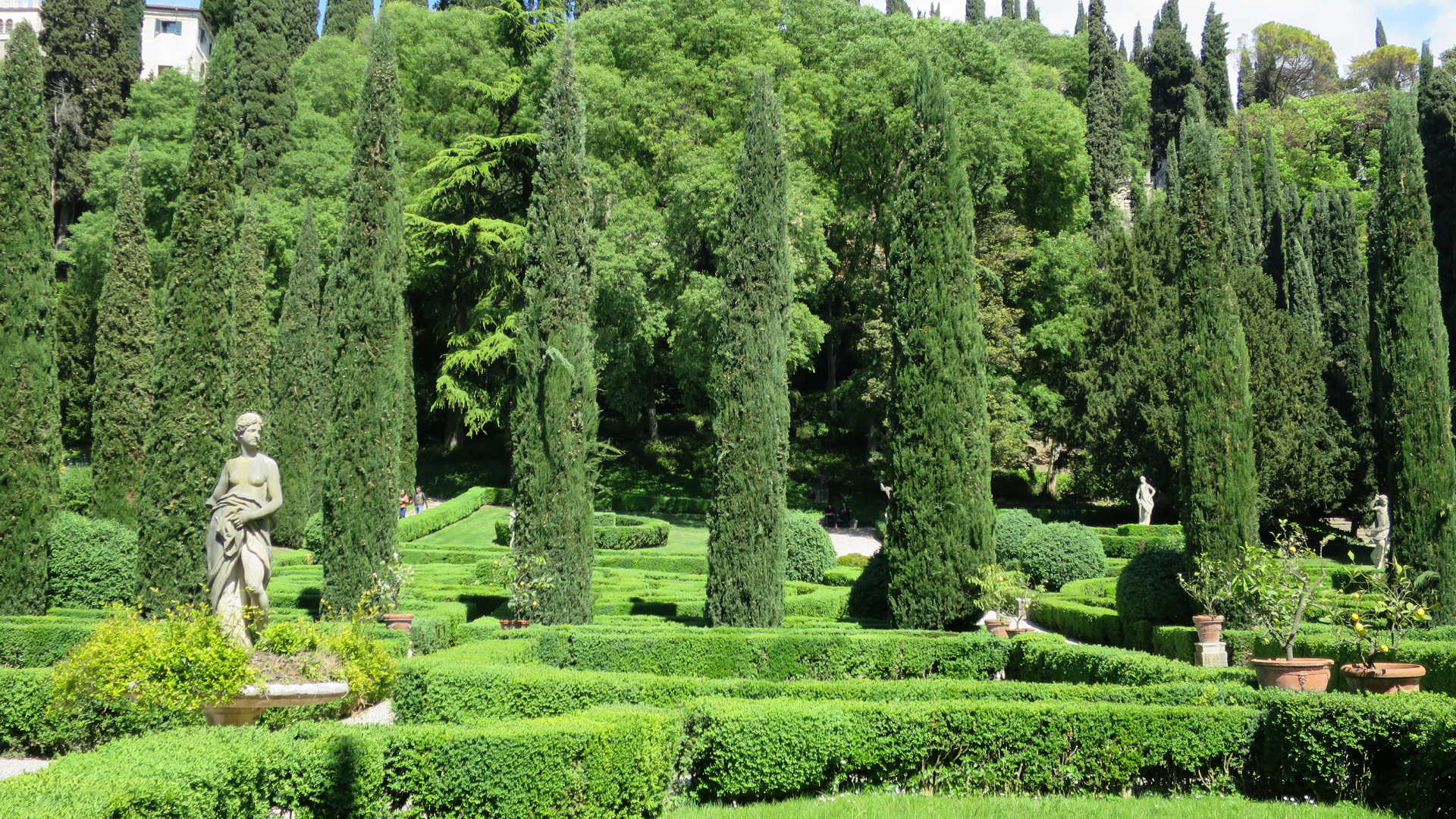
One of the most outstanding examples of an Italian Renaissance villa garden is found behind the Verona villa of Venetian diplomat Agostino Giusti. He commissioned the garden in 1570, and you’ll find it’s quite unusual. This relatively small garden rises steeply above the villa, to showcase a magnificent view across the city over the villa's rooftop. It is immaculately designed for a residence found within the city limits. Its wilder botanic section can be reached by narrow paths enclosed by shrubs and trees as they sharply climb to a grotto and terrace.
Villa Rufolo
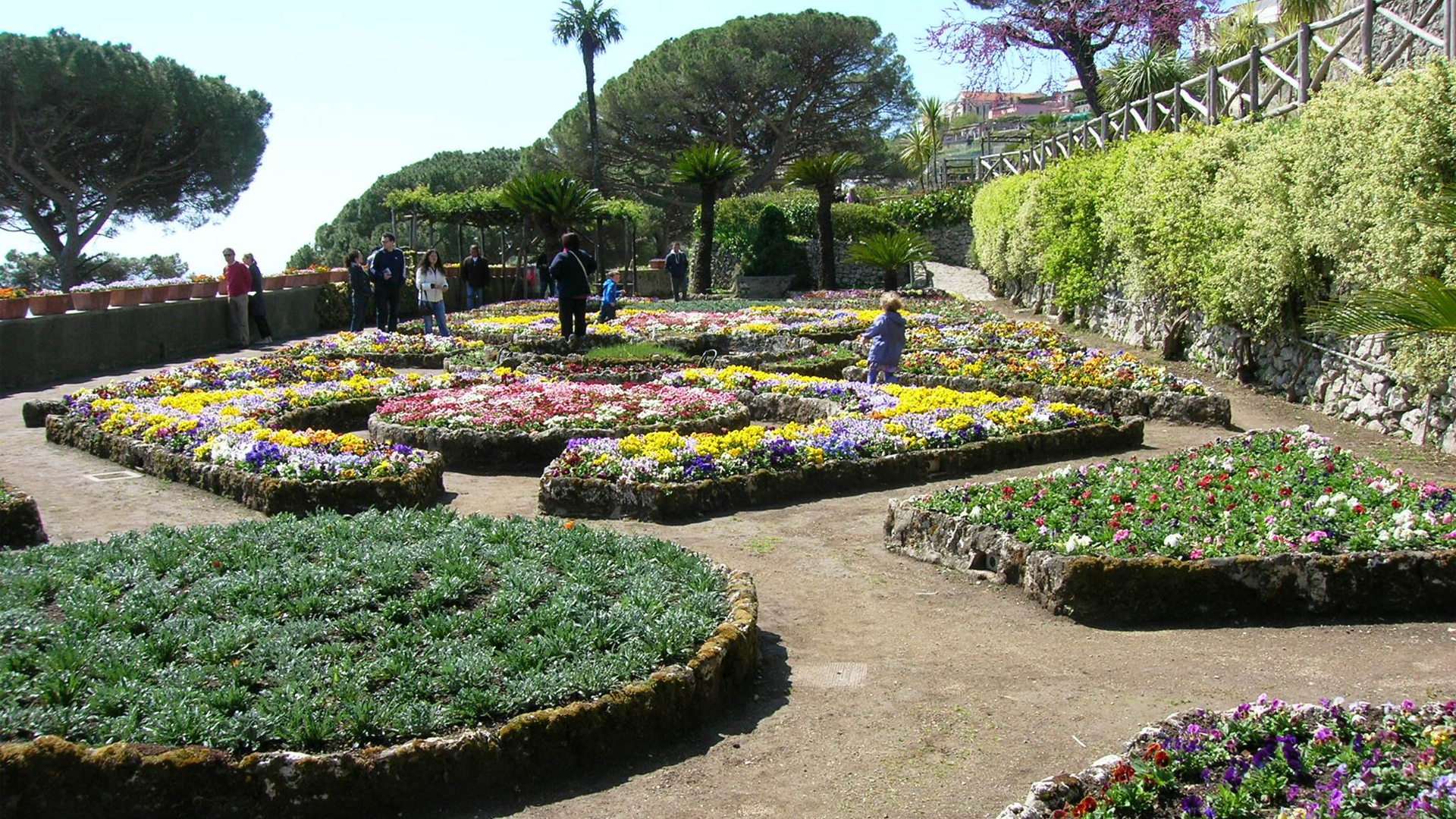
Ravello boasts some of the most majestic views of the Amalfi Coast and it's hard to find a better and more beautiful location than in the cascading gardens of Villa Rufolo. The villa was built in the 13th century at the height of the Amalfi Maritime Republic when Nicola Rufolo built a grand manor house in the Islamic-Norman style. A stunning road lined with cypress and lime trees leads to the cloister, added in the 1800s when the grounds were transformed into a romantic garden. This garden features a patchwork of flower beds, spread along a terrace that overlooks the sea. Below the garden terrace, you can see the view framed by the famous umbrella pines and the domed twin towers of the Church of the Annunziata.
Arianna DiCicco
Arianna DiCicco is an educator and writer from California, born into an Italian American restaurant family with strong ties to her grandparents’ home in Abruzzo, Italy. She has lived in San Francisco, Rome and New York City where she’s made deep connections within the Italian communities and gained new perspectives about her own culture. With a Masters in International Education, Arianna has a love and passion for learning and educating others about Italian history & culture.


